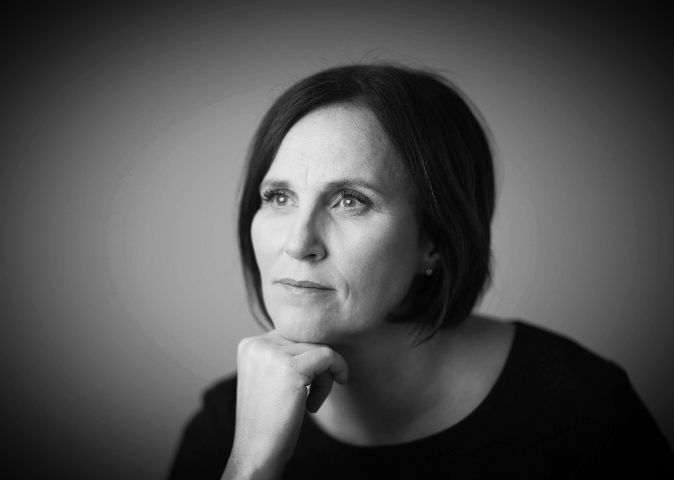Same Actions Same Results. By Changing the Method You May Win
There is always talk of continuous improvement in companies. Doing things better than before has an inherent, deadly trap. When we speak of improvement, we measure ourselves against our past accomplishments. If we do things better and achieve a 15 % better result in something measurable, we are satisfied. This kind of thinking leads to taking for granted that the things we do are the correct ones, and when those are done better, our business does better. This is simply not so. All the while we have concentrated in doing our things better, the competitors and new entrepreneurs in the business have heard the cry of the customers and answered it. So in this situation a 15 % improvement is worth nothing, unfortunately.

Improving our current activities by training, benchmarking or by looking for the best practises is not working. These measures can at best lead to a situation where we are not as left behind in the competition as we normally would have been, and with luck we are as good as the competitors. No owner wants a company like that. We must find a new way to do things, an it is not by streamlining the old. Instead of improving our actions we must think about how to do things differently than they have been done before. Only by doing things differently can we expect novel results. A culture of trial and questioning demands courage and acceptance of failure. One must be brave enough to try new and even crazy methods, cultivate ideas that work and be glad when a way of not to do things presents itself.There are many companies in need of a change whose model of leadership doesn’t support this (kind of change). Many CEO:s and board members measure results by the quarter, or a year, at a maximum. The measuring period should be a minimum of three years. Otherwise one dare not jump into the unknown and invest in unconventional projects, but one improves current activities and cuts down costs.
The media business struggles with the earnings model of digital distribution. In many companies digital distribution, advertising and internet store operate as a separate part of the organization, alongside the traditional business. This cannot facilitate a natural, single shopping venue for the b2b customer, or a functioning multi channel customer experience for the b2c customer. It is a fact that the digital distribution of magazines and books eats away at the traditional earnings of the media company. If one hasn’t the courage to saw one’s own bough, one ends up in a situation in which the traditional business starts to lag and the new business never really takes off.
Everyday and consumer product business, which steers ground floor shop and internet store operations in separate organizations is doomed to fail. The customer expects to receive a unified experience, selection, price and marketing, which ever channel she chooses. When browsing Finnish internet stores it is surprisingly common to note that the store doesn’t really work in a mobile phone. This is strange, since it is common knowledge that almost half of all internet searches on Google are made with a mobile device. The shopping stops abruptly, even if you find the store. Change can only occur if the operations are steered from one place, and by accepting the fact that the laws of the internet store differ from the ground floor store. It is the store’s job to find the methods to combine the two. When it succeeds, it has a very strong foothold in relation to international internet stores. Investment on an internet store can feel like sawing the bough of one’s own ground floor store while in reality it is the only road to success.
If an airline wishes to create additional value for the customer in other travel related matters besides flying, it must accept the fact that sometimes it is beneficial to sell the flights of another airline. If one turns inwards and sells only one’s own flights the customer goes elsewhere, because she wants to know the whole offered selection. It is the same with a shoe factory, which decides to be a shoe distributor as well. Does it pay to show only one’s own 10 shoe models in the internet store, or take on an additional 90 other shoe models? My guess is that the customer is more attracted to the store with a selection of 100 different shoes. The manufacturer of course makes sure that its own shoes always have the best positioning and correct pricing, thus optimizing its cash flow. It pays to dare to saw one’s own bough in the case as well, at least a little.
The companies´ organizations and investments must be modeled after the needs of tomorrow, not today. This must be done at the expense of momentary lack of cash flow and increased uncertainty.
Tuomo Meretniemi: The writer is strategy manager of Kissconsulting, who believes in revolution instead of evolution. He is at the moment at six year sailing trip with his family around the world.






Comments are closed.